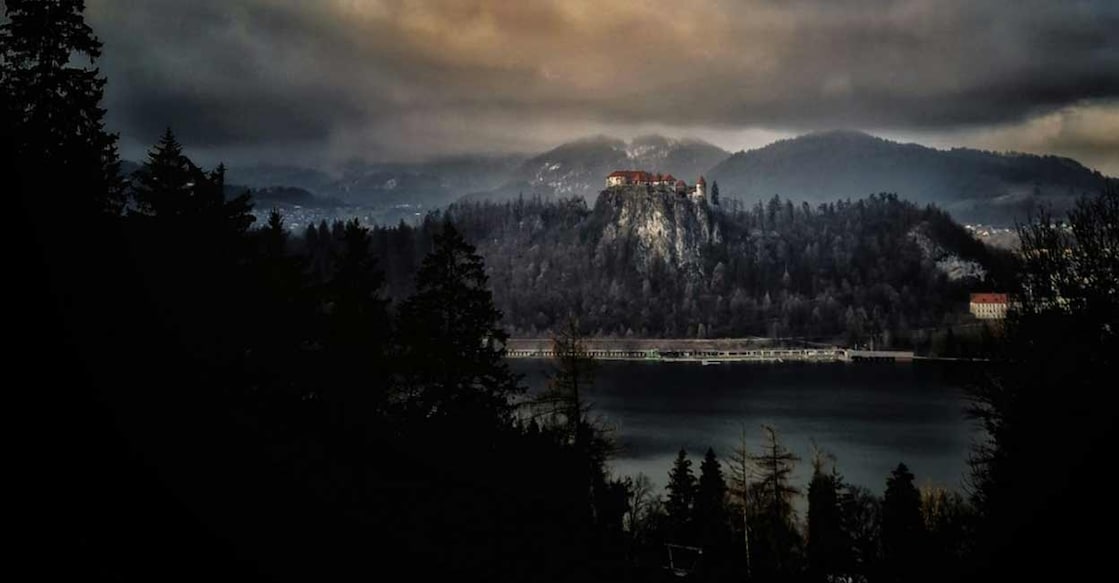UNESCO designates 11 new biosphere reserves

Mail This Article
• The UN Educational, Scientific and Cultural Organisation (UNESCO) has designated 11 new biosphere reserves, recognising their importance for conserving biodiversity and cultural heritage.
• The new designations are in Colombia, the Dominican Republic, Gambia, Italy, Mongolia, Philippines, South Korea and Spain.
• Additionally, and for the first time, the list includes two transboundary reserves, spanning Belgium and the Netherlands, and Italy and Slovenia.
• The new reserves bring the World Network of Biosphere Reserves up to 759 sites in 136 countries and cover a total of 7,442,000 square kilometres, almost the size of Australia.
• There are about 275 million people living in biosphere reserves worldwide.
• The Network covers all major representative natural and semi-natural ecosystems.
The 11 newly designated biosphere reserves are:
i) Kempen-Broek Transboundary Biosphere Reserve (Belgium, Netherlands)
ii) Darien Norte Chocoano Biosphere Reserve (Colombia)
iii) Madre de las Aguas Biosphere Reserve (Dominican Republic)
iv) Niumi Biosphere Reserve (Gambia)
v) Colli Euganei Biosphere Reserve (Italy)
vi) Julian Alps Transboundary Biosphere Reserve (Italy, Slovenia)
vii) Khar Us Lake Biosphere Reserve (Mongolia)
viii) yApayaos Biosphere Reserve (Philippines)
ix) Changnyeong Biosphere Reserve (South Korea)
x) Val d’Aran Biosphere Reserve (Spain)
xi) Irati Biosphere Reserve (Spain).
What are Biosphere Reserves?
• Biosphere reserves are “learning places for sustainable development”.
• They are sites for testing interdisciplinary approaches to understanding and managing changes and interactions between social and ecological systems, including conflict prevention and management of biodiversity.
• They are places that provide local solutions to global challenges.
• Biosphere reserves include terrestrial, marine and coastal ecosystems.
• Each site promotes solutions reconciling the conservation of biodiversity with its sustainable use.
• They are nominated by national governments and remain under the sovereign jurisdiction of the states where they are located.
• Biosphere reserves are designated under the intergovernmental MAB Programme by the Director-General of UNESCO following the decisions of the MAB International Coordinating Council (MAB ICC). Their status is internationally recognised. Member States can submit sites through the designation process.
• Biosphere Reserves involve local communities and all interested stakeholders in planning and management.
They integrate three main functions:
1) Conservation of biodiversity and cultural diversity.
2) Economic development that is socio-culturally and environmentally sustainable.
3) Logistic support, underpinning development through research, monitoring, education and training.
These three functions are pursued through the Biosphere Reserves’ three main zones:
1) Core Areas: It comprises a strictly protected zone that contributes to the conservation of landscapes, ecosystems, species and genetic variation
2) Buffer Zones: It surrounds or adjoins the core area, and is used for activities compatible with sound ecological practices that can reinforce scientific research, monitoring, training and education.
3) Transition Area: It is where communities foster socio-culturally and ecologically sustainable economic and human activities
• Biosphere reserves play an important scientific role, serving as a site for research and monitoring, providing valuable data and insights that can inform environmental management and policy decisions.
• Furthermore, they help in achieving global development targets such as those set by the Kunming-Montreal Global Biodiversity Framework, inter alia, on protecting and restoring significant portions of the Earth’s ecosystems by 2030.
• They also promote unique local sustainable development ideas, safeguard biodiversity, and combat climate change.
Biosphere Reserves in India
There are 12 Indian sites in UNESCO’s list of biosphere reserves.
They are:
• Nilgiri
• Gulf of Mannar
• Sunderban
• Nanda Devi Nationa Park
• Nokrek
• Pachmarhi
• Similipal National Park
• Achanakmar-Amarkantak
• Great Nicobar
• Agasthyamala
• Khangchendzonga
• Panna National Park.




